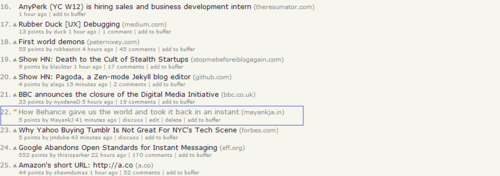The story of your life is covered in the many books that stand upon the bookshelf of a beautiful young woman. She has read some, some she wants to but hasn’t found the right moment to. And then there are some which are still to come to her but she doesn’t know it yet.
She has read many books in her life, mostly the classics or the popular ones which everyone should read, as she has been told. And she enjoyed them but nothing touched her, nothing called out to her soul. Maybe it was because they’ve been read and recommended by everyone around her. The novelty in those novels is lost on her.
Then one mysterious night, when the creatures of the dark come out, she finds a book which she finds calls out to her. It is a rare one which she hasn’t seen too many people reading. She doesn’t know how this is going to turn out because she hasn’t heard too many of her friends telling her how it goes. It is one which she knows a little about but she couldn’t help but open and start reading it, one page at a time.
She takes her time to read through every single page. Every single page is a different story. It feels to her as if each page was written just for her. That if there was any life she wanted to live, that story would be it. And it happens again and again, at every single page, every sentence, even every word. Every grammatical error adds to the beauty of the book. Every misprint feels like it was meant to be that way.
The books goes on and she finds herself engrossed in it. Detached from her world which she thought she belonged to until then and attached to the new one she has discovered, but always longed for, in the book. She feels different emotions - love, surprise, disgust, delight.
And then it ends.
When the book ends, she reminisces about how the book was. She, like most other people, has a bias of remembering only good things about the past and even the bad bits with a fondness. She has forgotten the agony of some really painful chapters in the book. There is only the lingering on sensation of a story well told.
She doesn’t know what comes next. She wonders if anything she picks up again is going to be as beautiful, as amazing. She doesn’t know yet.
She has too many options from which to pick the next one up.
Reaching the end feels like an accomplishment. There is a sense of closure. She wants to tell her friends how the book was because she loved it so much. But, she’s not sure about it because not a lot of her friends would connect to it, atleast she feels that way.
There is a sense of ending to it. A relief comes over her which engulfs her almost ready to perish her. Fulfillment. Satisfaction. Completeness.
That’s how I feel. Reference
As a sidenote: What if, the story was about you. How would you like it to be? If you could watch your whole life unfold from a distance afar, would you prefer it to end quickly so that you could find out what happens at the end or would you prefer to savor each and every moment slowly in the constant fear that the story might end too soon.
Did you like what you read so far? You can subscribe to my mailing list to get updates on new posts. I am not sure how frequently I’ll send you an email but it will never be more often than once a week.
Appreciate your time. Thanks!








